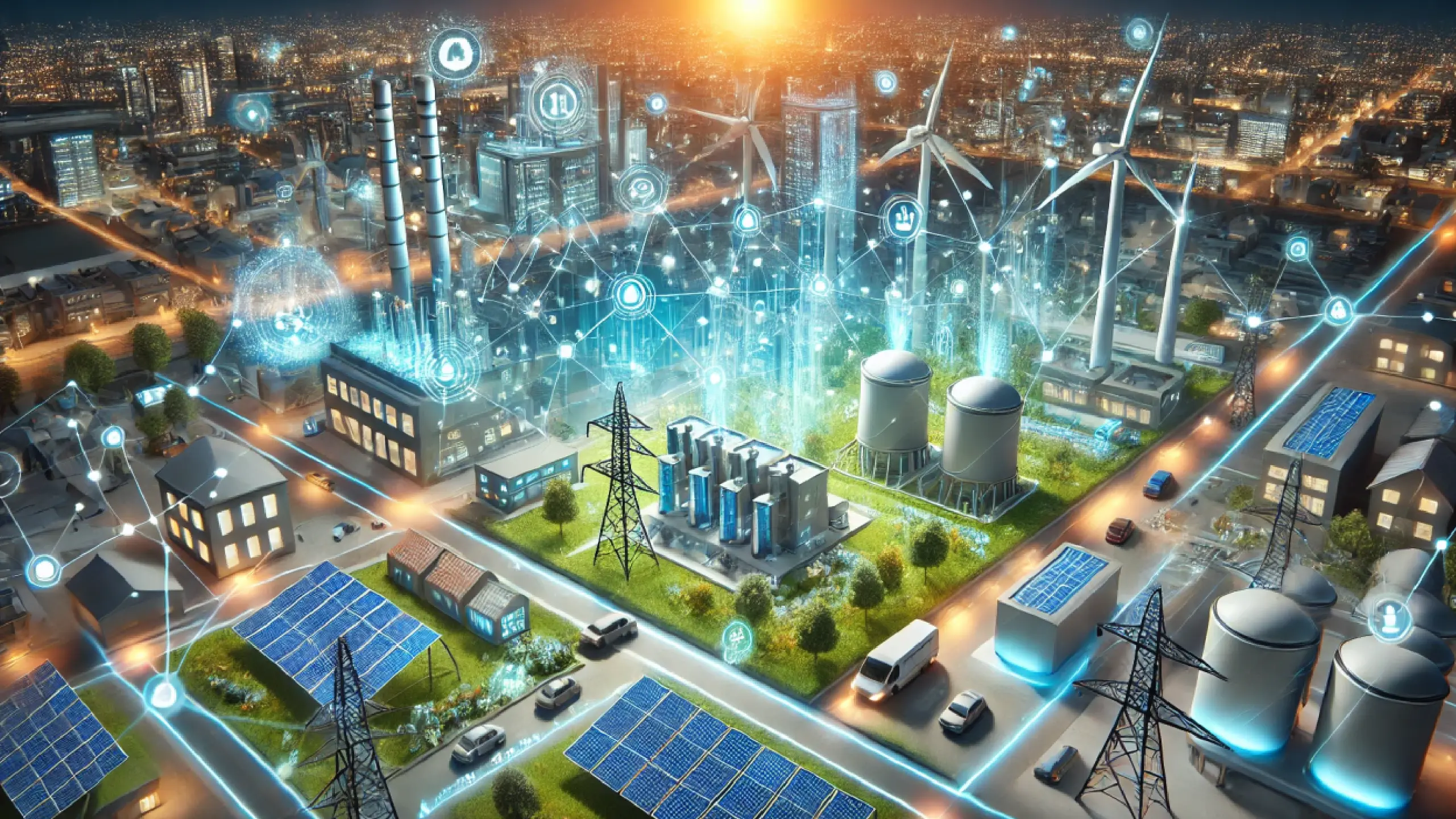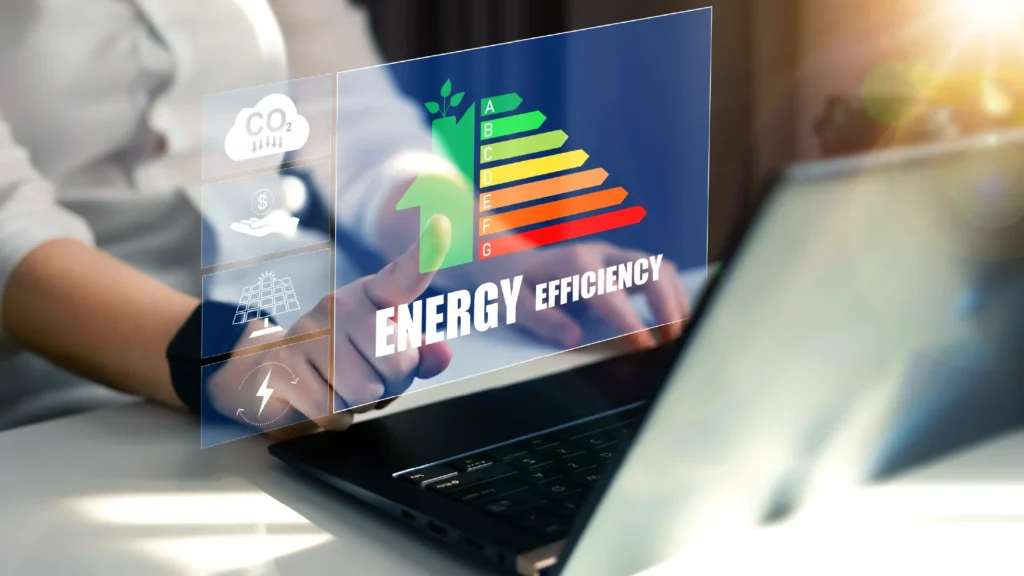
Energy-as-a-Service (EaaS): The Future of Power Consumption?
The way we consume power has always reflected the story of civilization. From burning wood in caves to electrifying cities with massive grids, every stage of energy evolution has marked a milestone in human progress. But as we step into an era dominated by climate change conversations, decentralized power generation, and smarter business models, a new protagonist is taking the stage: Energy-as-a-Service (EaaS). It’s not just a buzzword; it’s a radical rethinking of how businesses, governments, and even households can interact with energy.
Welcome to the energy-as-a-service market, a domain where kilowatts are no longer just consumed—they’re optimized, financed, and bundled with value-added services. And in this brave new world, companies like Blackwater are helping stakeholders navigate the complex currents of change with market research intelligence that cuts through the noise.
The Subscription Economy Meets Energy
You’ve heard of Netflix, Spotify, and Amazon Prime. They’ve made ownership feel outdated by giving us access instead of assets. The same wave of thinking has reached the energy sector. Why invest millions into infrastructure when you can subscribe to a smarter, cleaner, and more cost-efficient system?
That’s the essence of EaaS adoption—energy is no longer a static utility bill but a dynamic subscription service. Businesses can pay for outcomes such as efficiency, sustainability, and resilience rather than worrying about buying, maintaining, or upgrading power systems.
What makes this shift particularly fascinating is its timing. Traditional grids are aging, renewable penetration is increasing, and the appetite for distributed energy solutions is at an all-time high. From microgrids to solar rooftops to advanced battery storage, the power ecosystem is fragmenting into smaller, smarter nodes. The energy-as-a-service market thrives in this environment because it integrates these distributed systems into cohesive service packages.
Why EaaS Is More Than Just a Trend

Let’s be clear: EaaS is not some passing fad dreamed up in a consultant’s slide deck. It’s grounded in hard economics and real-world pain points. The upfront cost of renewable energy and smart infrastructure is still a significant hurdle for many organizations. Small and medium enterprises often lack the balance sheets to build large solar arrays or invest in cutting-edge battery storage.
Even larger corporations may balk at the internal expertise required to manage energy efficiency upgrades, carbon compliance, or resilience strategies.
Here’s where energy efficiency services under the EaaS model step in. Instead of an upfront investment, businesses get tailored energy solutions financed, managed, and delivered by providers. They simply pay for the results. Want to cut your carbon footprint by 30%? Need to guarantee uptime during blackouts? Looking to align operations with ESG goals? EaaS providers make it happen, with the business only paying for verified outcomes. The risk is shifted from the customer to the provider—a powerful selling point in uncertain times.
Distributed Energy Solutions and the Democratization of Power
Historically, energy was centralized. Gigantic power plants sent electrons across hundreds of miles of transmission lines, while consumers were passive receivers. But the 21st century is rewriting this script with distributed energy solutions that democratize power. Rooftop solar, community wind projects, combined heat and power systems, and smart microgrids are giving consumers both independence and resilience.
This decentralization aligns perfectly with the energy-as-a-service market. Rather than leaving businesses to figure out how to stitch together a patchwork of distributed assets, EaaS bundles them into integrated services. It’s a bit like how your smartphone combines camera, GPS, and music player into one sleek device. EaaS unites solar, storage, efficiency tools, and demand management into one seamless offering.
And let’s be honest—it’s much cooler to say, “My factory runs on a managed EaaS subscription” than to say, “We upgraded to LEDs last year.”
EaaS Adoption: Who’s Jumping on the Bandwagon?

The appeal of EaaS is broad, but adoption is particularly strong among certain sectors. Manufacturing plants, data centers, hospitals, and universities are leading the charge. These are organizations where energy costs are high, reliability is mission-critical, and sustainability goals are increasingly tied to reputation.
Consider data centers. As the backbone of our digital lives, they guzzle electricity at an astonishing rate. Downtime is not an option, and carbon emissions are under intense scrutiny. Through EaaS adoption, data centers can secure guaranteed efficiency, backup storage, and renewable integration without shouldering capital risk. Similarly, hospitals rely on uninterrupted power to keep patients safe, making EaaS a no-brainer.
Governments, too, are finding EaaS attractive as they race to meet climate targets. By outsourcing energy management to providers, municipalities can decarbonize public buildings faster, meet sustainability pledges, and model innovation for local businesses.
Energy Efficiency Services: The Unsung Hero
Efficiency might not sound as glamorous as solar farms or futuristic batteries, but it’s often the cheapest, fastest way to reduce emissions and costs. In fact, the International Energy Agency calls efficiency the “first fuel.” EaaS providers understand this and package energy efficiency services as foundational to their offerings.
Think about smart HVAC systems, automated lighting, or AI-powered demand management. Alone, these upgrades might feel incremental. But combined under an EaaS model, they deliver massive gains.
Imagine a shopping mall cutting 40% of its energy costs, or a factory meeting ISO 50001 energy management certification, all without upfront spending. That’s the quiet power of efficiency amplified by the EaaS model.
The Role of Market Intelligence in an EaaS Future

Now, let’s pause for a reality check. While EaaS sounds irresistible, the energy-as-a-service market is still young and evolving. Business models are being tested, financing structures are being refined, and regulatory frameworks are catching up. Stakeholders—from startups to Fortune 500s—are asking critical questions:
- Which regions show the fastest EaaS adoption?
- How do distributed energy policies differ across markets?
- What technologies are driving competitive differentiation?
- Where are the risks of stranded assets highest?
This is where Blackwater, as a leading market research company, adds irreplaceable value. By providing deep insights into the energy-as-a-service market, tracking competitors, forecasting adoption curves, and analyzing regional dynamics, Blackwater empowers decision-makers to act with confidence.
In a market where hype can easily cloud judgment, independent intelligence is the North Star.
The Challenges No One Talks About
Of course, no revolution comes without friction. The biggest challenge for EaaS providers is building trust. When you’re asking organizations to hand over their energy infrastructure management, they need ironclad guarantees. Financing models must be transparent, service level agreements must be airtight, and performance verification must be watertight.
There’s also the issue of regulation. Energy markets are notoriously complex and vary significantly across regions. What works in Germany may be impossible in India without policy reform.
Add to that the rapid pace of technological change, and EaaS providers are essentially building airplanes while flying them.
But here’s the silver lining: every challenge is also a market opportunity. Companies that master trust-building, financing innovation, and regulatory navigation will become leaders in the global energy-as-a-service market.
The Future: Energy as Experience
Let’s zoom out for a moment. The bigger picture here is that EaaS is turning energy from a commodity into an experience. Just as ride-sharing turned car ownership into mobility-on-demand, EaaS transforms kilowatts into outcomes-on-demand.
Organizations are no longer passive consumers—they are active participants in shaping how, when, and why they use energy.
In the coming decade, expect EaaS models to incorporate even more value-added services. Think carbon tracking dashboards, predictive maintenance powered by AI, resilience-as-a-service during climate disasters, and peer-to-peer energy trading.
The line between utility, technology company, and financial services provider will blur. And in that complexity, Blackwater’s market intelligence will be indispensable.
Conclusion: A Service Worth Plugging Into
So, is Energy-as-a-Service the future of power consumption? All signs point to yes. By aligning economic incentives, lowering barriers to clean energy adoption, and leveraging the momentum of distributed solutions, the energy-as-a-service market offers a smarter, greener, and more resilient way forward.
The organizations that thrive in this new energy era will be those that embrace flexibility, prioritize sustainability, and partner with trusted providers. But to make sense of the fast-moving terrain, they’ll also need clear-eyed intelligence.
Because in the end, the question isn’t whether EaaS is the future—it’s whether you’ll be ready when the future plugs in.



